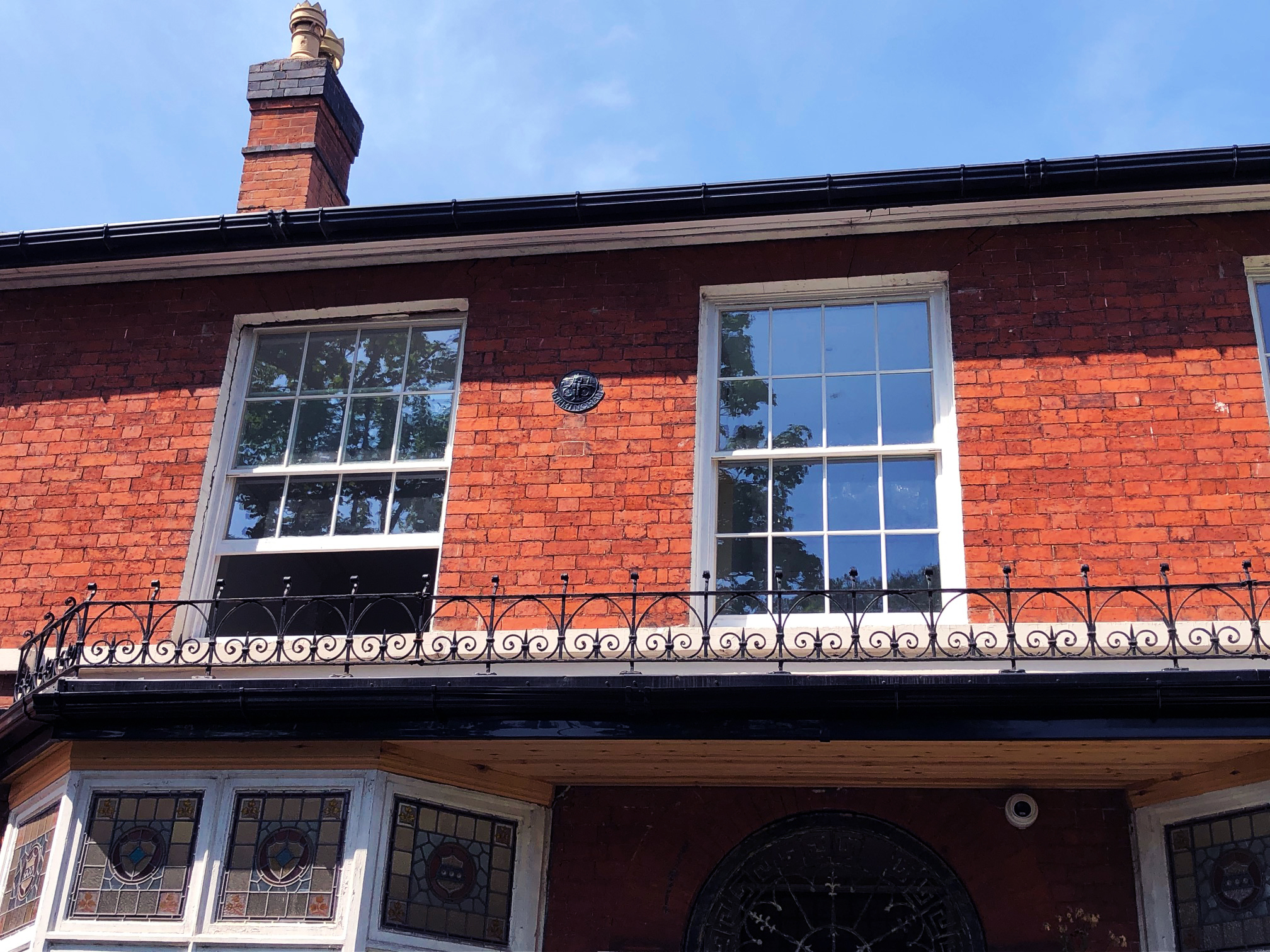With the European Climate Law, the EU committing to carbon neutrality by 2050. As one of the big parts of the whole energy consumption, building energy consumption plays a crucial role in it.
To reduce the energy consumption of the building, energy-saving glass has already been widely applied in architecture. Different from ordinary glass, the energy-saving glass itself has better energy-saving properties: thermal insulation.
According to the manufacturing process, it is mainly divided into coated glass, insulating glass, laminated glass, etc. The most widely used coated glass is Low-E glass. All these glasses have excellent thermal insulation but they do have a problem: The structure.
Most buildings in Europe are historic buildings or buildings with more than 50 years. The original structure of their windows is very thin which means the insulation glass or Low-E coated glass does not quite match with them.
If we change the whole structure of the window, it will increase the cost and break the original state of the buildings. So how can we balance the performance in thermal insulation with keeping the original state? The answer is changing the insulating glass with another thinner one but features the same or better performance in thermal insulation and energy saving.
And here comes the Landvac vacuum glass.
In comparison with triple-pane insulated glass, LandVac vacuum insulated glass has only a quarter of its thickness while managing a much better U-value. The thickness of LandVac is only 8.3 mm, which is equivalent to the single pane glass,making it possible to retain the original window frame while replacing the old single pane glass in historical buildings with LandVac.
Ideal for residents who would like to improve the window’s performance in thermal and sound insulation as well as anti-condensation features by replacing window glass while retaining the window frame.
Here are those cases of Landvac vacuum glass for window restoration and renewal in UK and The Netherlands.







